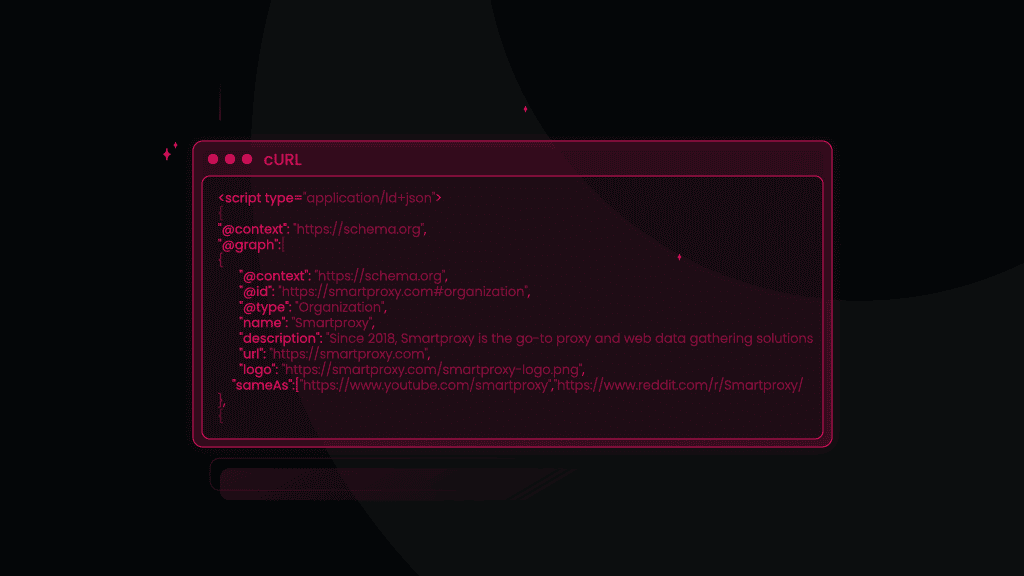cURL
cURL, which stands for client URL, is a free command-line tool. You can use it when you wanna transfer data from and to a server. And by the way – cURL is scriptable and versatile, so it thrives on complex operations.
14-day money-back option

Sending HTTP headers with cURL
When working with web APIs or making complex web requests, including additional HTTP headers in your cURL commands is essential. These headers give the server critical context about the request, such as specifying content type, providing authentication credentials, or including custom data. For developers, understanding how to manipulate these headers is crucial to ensure that the server processes their requests correctly and efficiently. This guide will explore how to effectively use and customize HTTP headers in cURL requests to optimize your interactions with web servers.

Martin Ganchev
Aug 27, 2024
5 min read

How to Download Files With cURL?
When working with the cURL command to interact with web services or APIs, saving the response from a remote server directly to a file is useful for various scenarios, such as logging responses, processing data offline, or simply preserving the output for review at a later time. cURL provides a straightforward way to download files, enhancing the tool's utility for developers and system administrators. In this blog post, we’ll demonstrate how to download files with cURL, including key commands for saving files, handling redirects, and managing authentication.

Martin Ganchev
Aug 26, 2024
6 min read

How to POST a File With cURL?
Uploading files to a server is a common task in web development, especially when dealing with user-generated content (UGC) like images, documents, and other media. cURL simplifies this process with cURL POST file request command-line options allowing efficient file uploads. Here's a deeper dive into how to send a file using cURL, including different scenarios and considerations.

Martin Ganchev
Aug 21, 2024
6 min read

How to Send a POST Request With cURL?
Sending a POST request with cURL is a common task in web development and API interactions. When making a POST request, cURL allows you to send data to a server, often to submit forms or interact with APIs. Understanding how to craft and send POST requests using cURL is essential for testing APIs, debugging, and automating web interactions. In this guide, we'll explore how to use cURL to send POST requests effectively.

Martin Ganchev
Aug 21, 2024
8 min read

A Comprehensive Guide on Using Proxy with cURL in 2025
Whether you're a developer or an IT professional, data is an essential element of your everyday tasks. One of the most popular tools for data transfer is cURL (client for URL), which is embedded in almost every device that transfers data over different internet protocols.
However, when it comes to transferring data through a proxy, using cURL becomes even more critical. So, let's delve into the basics of cURL and proxies, discuss how it works, and get valuable tips on how to use cURL with proxy settings.
So, buckle up, pal, and get ready to learn how to use cURL with proxy and why it is essential in data transfer.

James Keenan
Jan 24, 2024
7 min read

How to Send a cURL GET Request
Tired of gathering data inefficiently? Well, have you tried cURL? It’s a powerful and versatile command-line tool for transferring data with URLs. Its simplicity and wide range of capabilities make it a go-to solution for developers, data analysts, and businesses alike. Simply put, the cURL GET request method is the cornerstone of web scraping and data gathering. It enables you to access publicly available data without the need for complex coding or expensive software. In this blog post, we’ll explain how to send cURL GET requests, so you’re ready to harness its fullest potential.

Dominykas Niaura
Jan 02, 2024
7 min read





